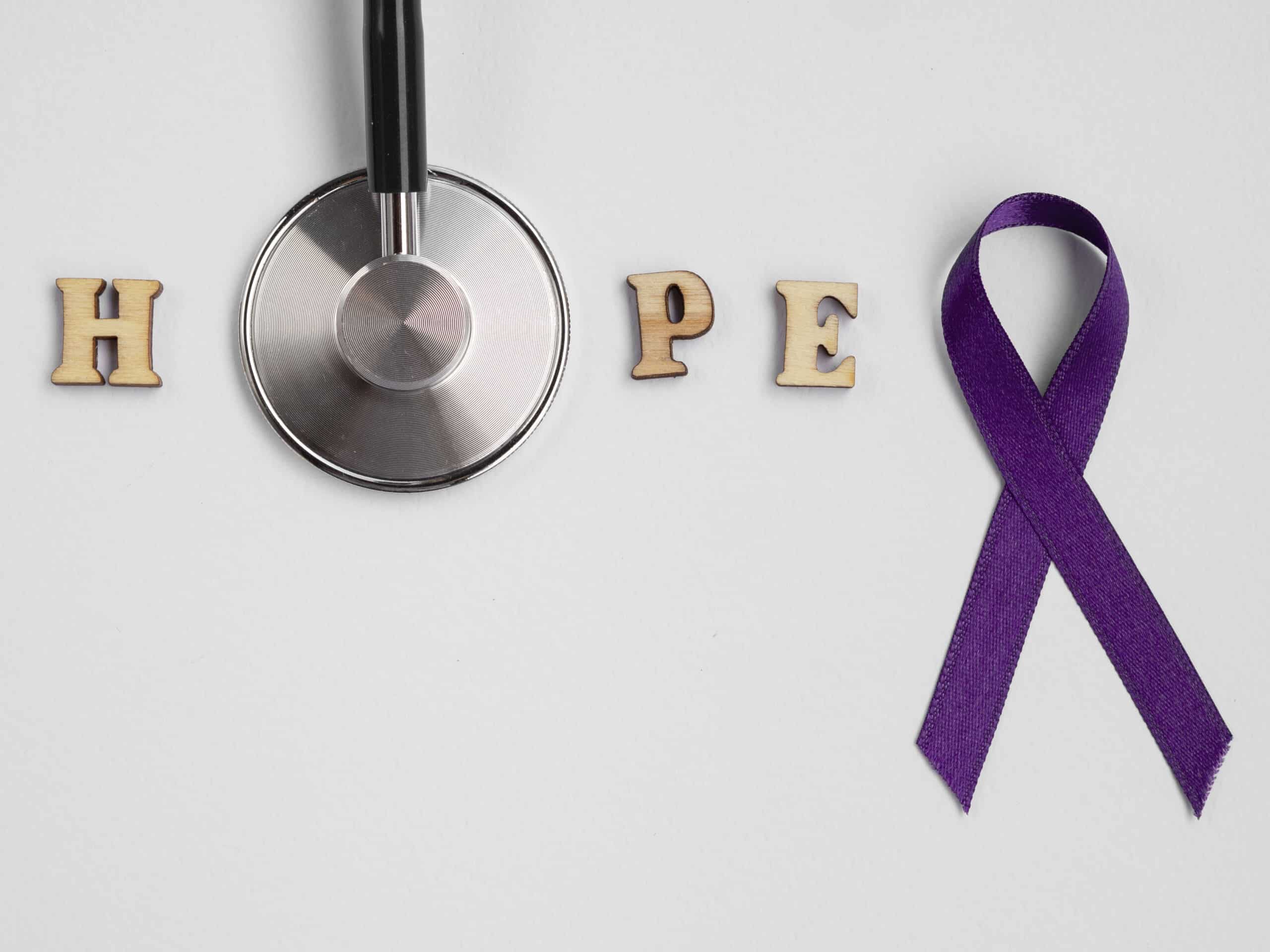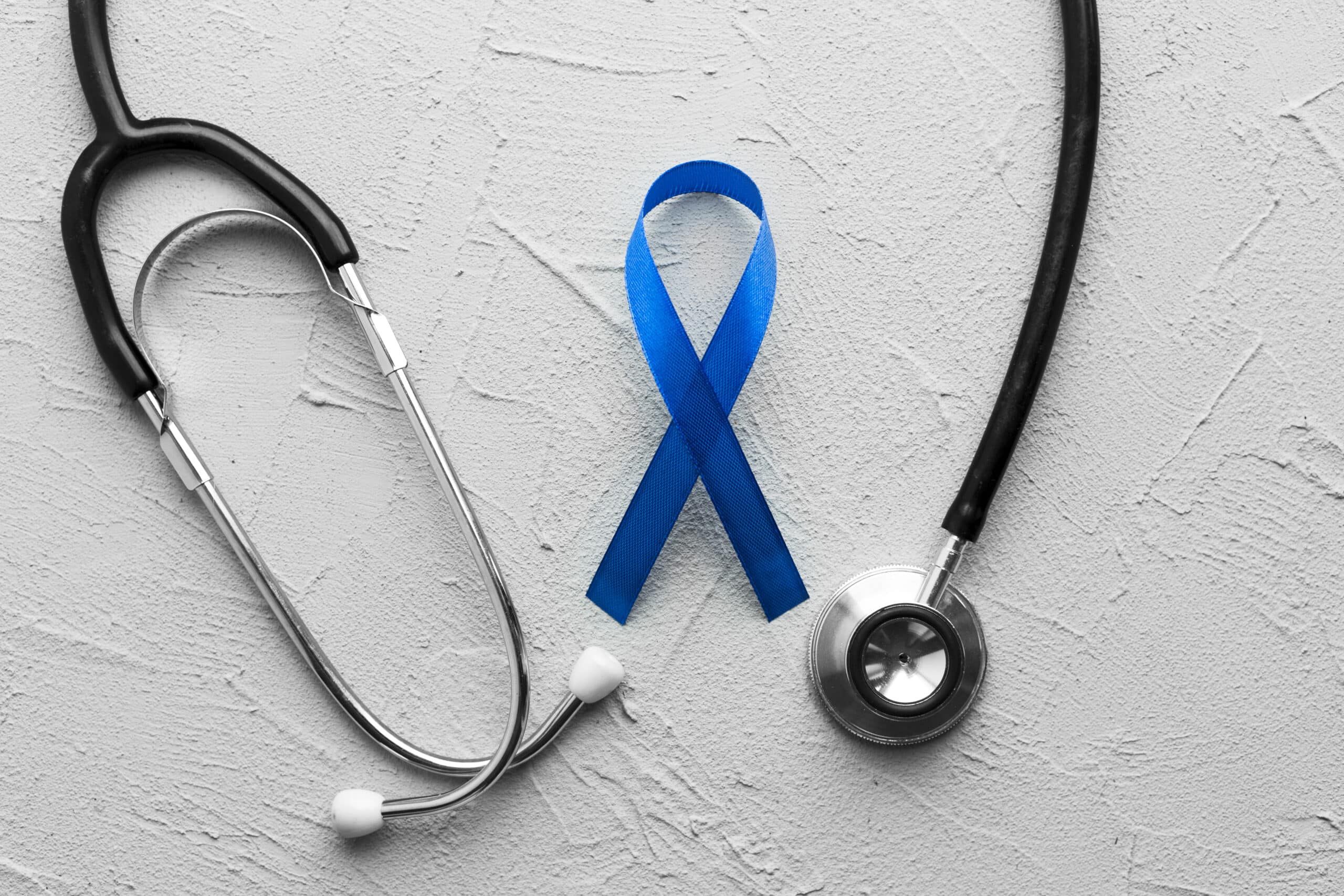Stage 4 Cancer Costs in 2025
In 2025, the financial burden of Stage 4 cancer is heavier than ever, with the average cost of advanced cancer care exceeding $100,000 per year.
If you’re navigating this difficult journey, you’re not alone. There are solutions to help cover out-of-pocket cancer expenses, from financial assistance programs to viatical settlements. This guide explores 10 practical ways to pay for treatment without unnecessary financial stress.
—
What Are Out-of-Pocket Cancer Costs?
Even with insurance, cancer patients face significant personal expenses, including:
- Deductibles & Co-Pays: Insurance plans often require patients to pay a percentage of treatment costs.
- Uncovered Treatments: Some innovative or integrative therapies, such as proton therapy or immunotherapy, may not be fully covered.
- Travel & Lodging: Many advanced cancer centers require out-of-state or international travel for specialized treatment.
- Lost Income: A Stage 4 diagnosis can make it difficult to work, adding financial pressure on households.
Understanding these costs is the first step in planning how to manage them effectively.
—
How Much Does Cancer Treatment Cost in 2025?
The price of Stage 4 cancer treatment varies based on the type of cancer, location, and chosen therapies. Here’s a breakdown of common costs:
- Chemotherapy: $10,000 – $200,000 per year
- Radiation Therapy: $50,000 – $150,000 per treatment course
- Targeted Therapy & Immunotherapy: $100,000 – $400,000 annually
- Integrative & Holistic Treatments: $10,000 – $50,000 (not typically covered by insurance)
With expenses mounting, finding alternative funding sources is crucial.
—
10 Smart Ways to Pay for Cancer Treatment
1. Viatical Settlements: Turn Your Life Insurance Into Cash
A viatical settlement allows cancer patients to sell their life insurance policy for a lump sum of cash, often receiving 50–80% of the death benefit. This can provide immediate relief for medical bills and daily expenses. Cancer Care Financial specializes in helping patients navigate this option.
2. Cancer-Specific Financial Assistance Programs
Many organizations offer direct grants or aid to cancer patients. Some top programs include:
- The HealthWell Foundation – Covers medication costs.
- Patient Advocate Foundation – Provides financial aid for co-pays and bills.
- CancerCare – Offers grants for transportation, home care, and child care.
3. Fundraising with GoFundMe or Crowdfunding
Online fundraising can be a powerful tool, helping families raise thousands of dollars quickly. Tips for a successful campaign include:
- Sharing a compelling personal story
- Posting frequent updates
- Engaging with donors personally
4. Government & Nonprofit Grants
Programs like Medicaid, Social Security Disability, and nonprofit grants help ease the financial strain. Some options:
- Social Security Disability Insurance (SSDI) for patients unable to work.
- Medicaid (income-based assistance).
- Local cancer charities that provide emergency funds.
5. Cancer Clinical Trials (Free or Discounted Treatment)
Many trials cover the cost of experimental treatments, reducing financial burdens. ClinicalTrials.gov is a great resource to find trials suited to your condition.
6. Hospital & Pharmaceutical Assistance Programs
Many hospitals offer financial hardship programs that can reduce or eliminate medical bills. Additionally, drug manufacturers often have patient assistance programs (PAPs) for costly medications.
7. Using Home Equity or Reverse Mortgages
For homeowners, leveraging home equity or taking out a reverse mortgage can provide financial relief. However, this should be carefully considered with a financial advisor.
8. Negotiating Medical Bills & Payment Plans
Hospitals and providers often have financial assistance policies. Patients can:
- Request itemized bills to check for errors.
- Negotiate discounts for upfront payments.
- Set up low-interest or no-interest payment plans.
9. Employer Disability & Critical Illness Insurance
If you have employer-sponsored insurance, check if you’re eligible for short-term or long-term disability benefits or a critical illness insurance payout.
10. Exploring Tax Deductions for Medical Expenses
Medical expenses exceeding 7.5% of your adjusted gross income may be tax-deductible. Keeping detailed records can maximize your tax refund.
—
What Financial Resources Exist for Cancer Patients?
Beyond these 10 strategies, other resources can provide ongoing support:
- Cancer Care Financial – Viatical settlements for Stage 4 patients.
- American Cancer Society – Support for transportation, lodging, and treatment.
- Leukemia & Lymphoma Society – Grants for blood cancer patients.
- Hope Lodge (ACS) – Free lodging for cancer patients traveling for treatment.
Each patient’s financial situation is different, but knowing where to turn can make a significant impact.
—
How to Use Life Insurance to Pay for Cancer Care
If you have a life insurance policy, you may have more financial flexibility than you think. Options include:
- Viatical Settlements – Sell your policy for a lump sum.
- Accelerated Death Benefits (ADB) – Some policies allow early access to benefits.
- Policy Loans – Borrow against your policy’s cash value.
Cancer Care Financial specializes in helping cancer patients explore these options to fund treatment and ease financial stress.
—
Conclusion: Take Control of Your Financial Future
Cancer is expensive, but financial assistance is available. Whether through a viatical settlement, grants, crowdfunding, or insurance options, help is within reach.
Need immediate financial support? Contact Cancer Care Financial to explore viatical settlements and other funding solutions today.







